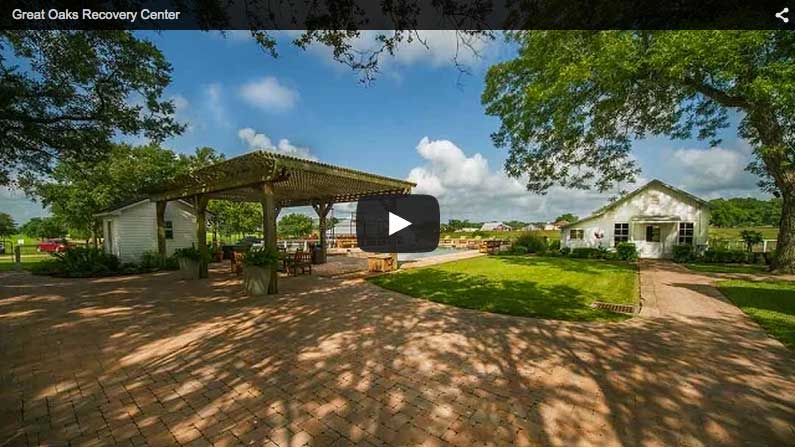Post-traumatic stress disorder (PTSD) is a mental health condition triggered by experiencing or witnessing a traumatic event, such as natural disasters, accidents, combat, or physical or sexual assault. In 2024, the National Institutes of Health reported that “about 6 of every 10 men (60 percent) and 5 of every 10 women (50 percent) will experience at least one trauma in their lives. While some individuals may recover within a few months, others may take years, or symptoms may even begin long after the event.” We take a closer look at the facts and misconceptions about PTSD.
Understanding PTSD
Reactions to PTSD include a vast range of symptoms that can significantly impact a person’s daily activities, affect personal and professional relationships, and compromise their progress at school or work. They often re-experience the event or do whatever necessary to avoid reminders of the event, and experience symptoms of heightened arousal that cause significant distress. The Mayo Clinic outlines four primary symptom categories with detailed examples of:
- Avoidance
- Changes in emotional and physical reactions
- Intrusive memories
- Negative changes in mood and thoughts
The World Health Organization (WHO) indicates that “rates of PTSD are more than three times (15.3 percent) higher among people exposed to violent conflict or war. PTSD rates are especially high following sexual violence.”
Many people who struggle with a dual diagnosis of mental health and substance misuse issues have indications of PTSD due to some unresolved trauma. Past trauma can often lead to substance abuse as a form of self-medication, as a person with untreated symptoms often feels alcohol or drugs help them forget or let go of the shock and strain related to the ordeal. However, frequent abuse of substances can lead to addiction and compound other negative effects—which in turn makes PTSD worse.
True healing requires professional intervention, which may include therapy, medication, and support to manage symptoms and improve quality of life. Unfortunately, according to the WHO, “barriers to care include lack of awareness that PTSD can be treated, lack of availability of mental health services, social stigma, and lack of trained mental health care providers.”
10 Misconceptions About PTSD
The National Institutes for Mental Health (NIMH) indicates that “It is natural to feel afraid during and after a traumatic situation. Fear is a part of the body’s “fight-or-flight” response, which helps us avoid or respond to potential danger. People may experience a range of reactions after trauma, and most will recover from their symptoms over time.” However, if key symptoms continue, you might have PTSD.
A foolproof method for eliminating the stigma of PTSD and other mental health issues is to focus on the facts. The National Center for PTSD, a division of the U.S. Department of Veterans Affairs (VA), states that “stigma occurs when others don’t understand PTSD and don’t realize it’s an illness that can be treated.” These perceptions often cause people with the disorder to feel guilt, fear, or shame—and not get the help they need. Let’s put to rest these and other misconceptions.
- PTSD only affects Veterans.
-
-
- Reality: While Veterans and current military personnel can suffer from PTSD, so can anyone who experienced or witnessed a traumatic event, including accidents, natural disasters, physical or sexual assault, and severe illness.
-
- PTSD develops immediately after trauma.
-
-
- Reality: Symptoms of PTSD can develop months or even years after the trauma. This delayed onset can make it challenging to connect the symptoms with the original event. NIMH recommends tracking certain symptoms, and if they continue for more than a month, seek professional care.
-
- Everyone exposed to trauma develops PTSD.
-
-
- Reality: Not everyone who goes through a traumatic event develops PTSD. Various risk and protective factors—including genetics, personality, support systems, and previous exposure to trauma—influence whether a person experiences this disorder.
-
- PTSD is a sign of weakness.
-
-
- Reality: PTSD is a mental health condition that can affect anyone, regardless of their strength or resilience. It’s a result of the brain and body’s response to extreme stress and trauma, not a character flaw. Reach out to specialized peer support groups for PTSD to be assured you’re not alone, as well as 7 Cups, a warmline for adults and teens; the Veterans Crisis Line; and After Silence for rape, sexual abuse, and sexual assault.
-
- People with PTSD are violent or dangerous.
-
-
- Reality: While PTSD can involve anger and irritability, most people with PTSD aren’t violent. They may experience intense emotions, but these are usually directed inward rather than outward.
-
- PTSD can’t be treated.
-
-
- Reality: This isn’t a lifelong disorder as long as you recognize help is available. There are several effective treatments for PTSD, including cognitive behavioral therapy, eye movement desensitization and reprocessing, medications, and support groups. Many individuals with PTSD can and do recover or significantly improve with appropriate treatment.
-
- PTSD is just about flashbacks.
-
-
- Reality: While flashbacks are a common symptom, PTSD also includes other indicators such as hypervigilance, nightmares, severe anxiety, avoidance of reminders of the trauma, and negative changes in mood and cognition.
-
- People with PTSD should “just get over it.”
-
-
- Reality: You can’t move on from trauma by sheer willpower. PTSD is a complex mental health disorder that requires professional treatment. Suggesting that someone “just get over it” is dismissive of the serious impact trauma has on the brain and body.
-
- PTSD only affects adults.
-
-
- Reality: PTSD can affect people of all ages, including children and adolescents, and especially those who suffered adverse childhood experiences. Children might show different symptoms, such as reenacting the trauma through play, having nightmares, or becoming unusually clingy.
-
- If symptoms aren’t severe, it’s not PTSD.
-
- Reality: PTSD varies in severity. Some individuals may have milder symptoms but still meet the criteria for PTSD and suffer considerable distress and impairment in their daily lives. Even minor cases of PTSD deserve attention and treatment.
Great Oaks Expands Your Human Connection
At Great Oaks Recovery Center outside of Houston, Texas, our board-certified professionals have a comprehensive approach to help you find healing solutions for PTSD, mental health issues, and dual-diagnosis disorders. For example, one of our premier programs is Tactical Recovery, a specialty program designed with PsychArmor to help Veterans and First Responders with culturally significant, Veteran-Ready treatment. If you have more questions about what we can do for you, please contact our admissions office.



